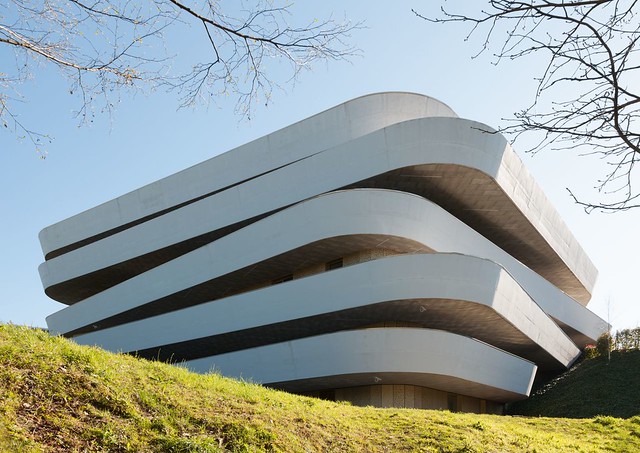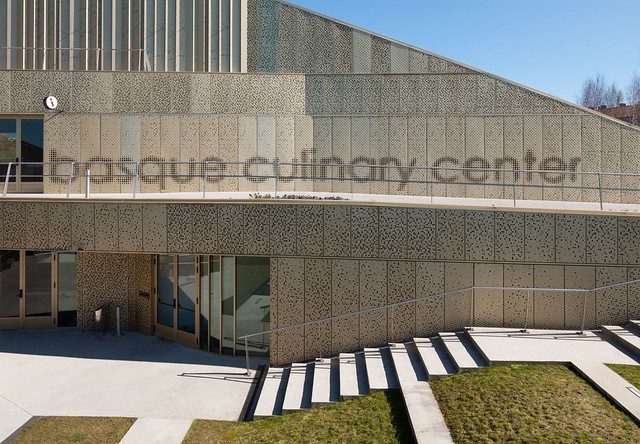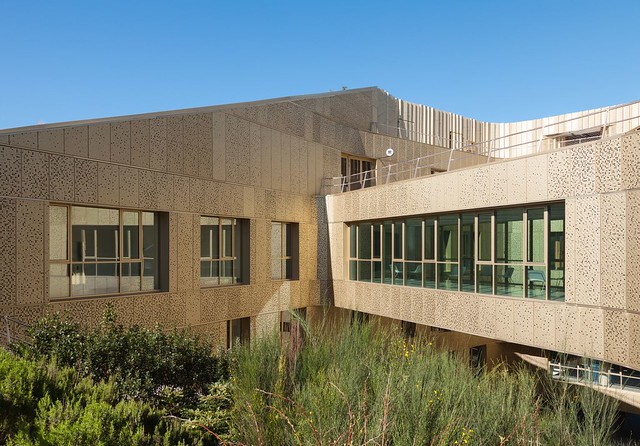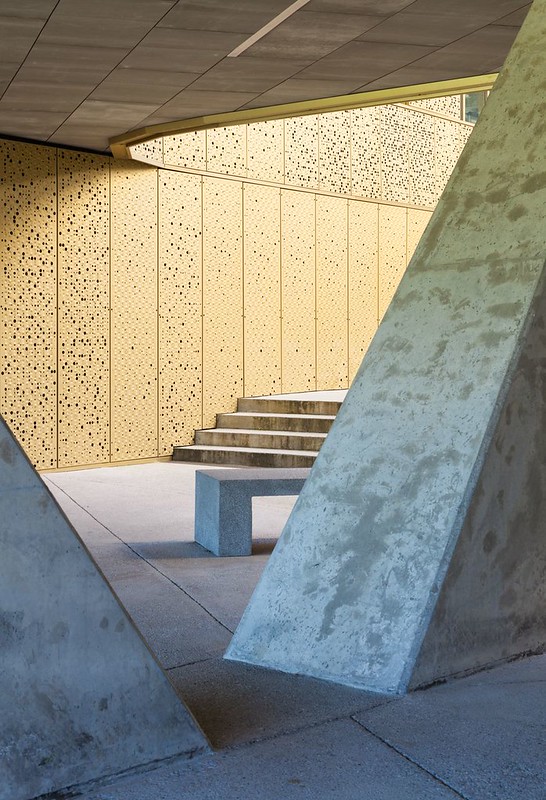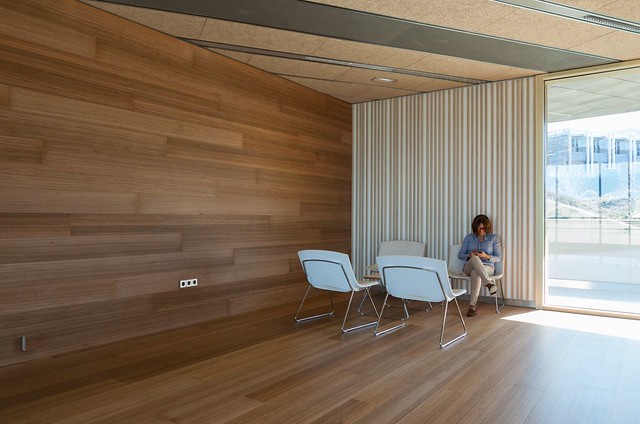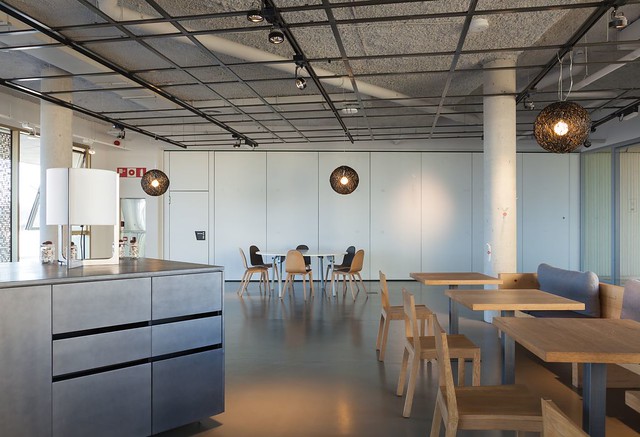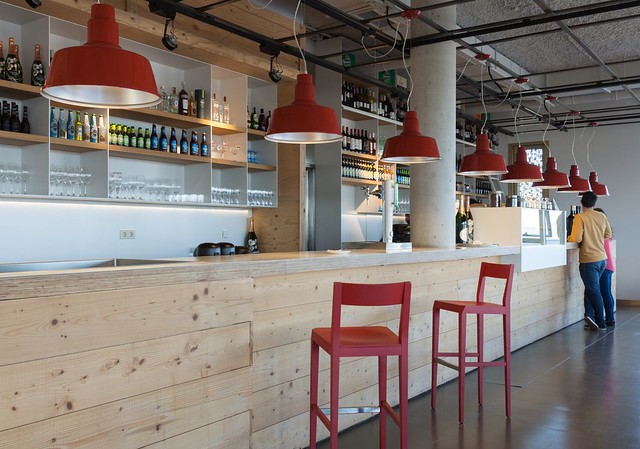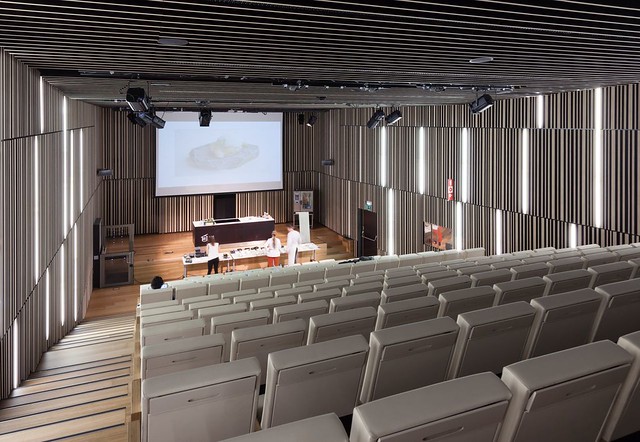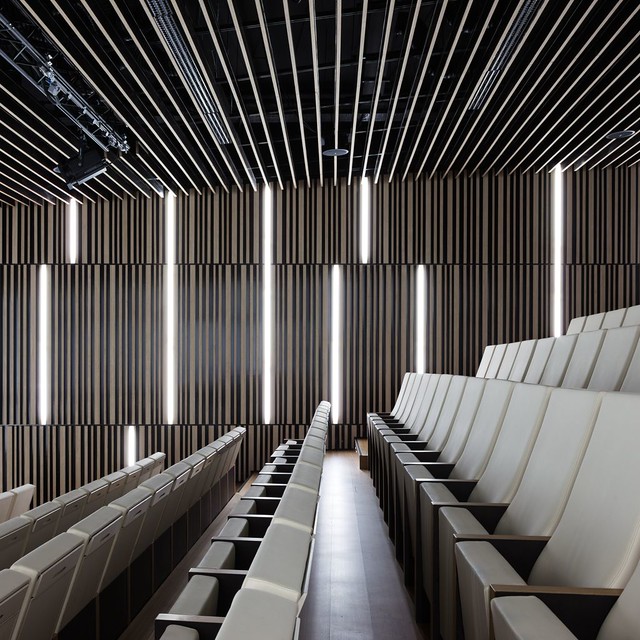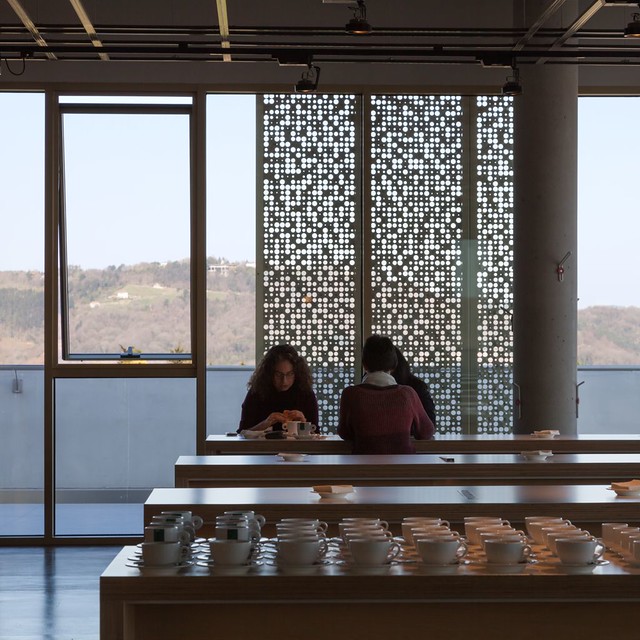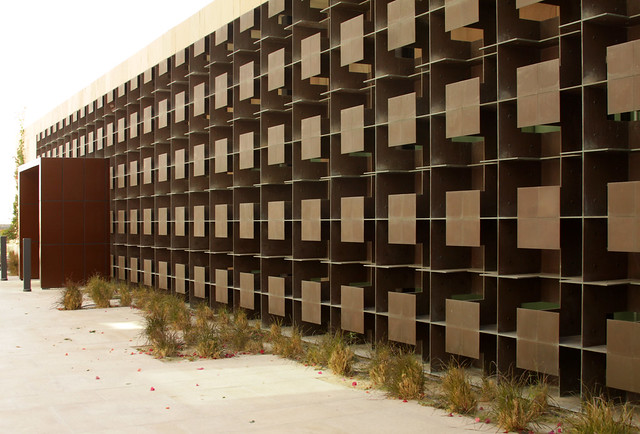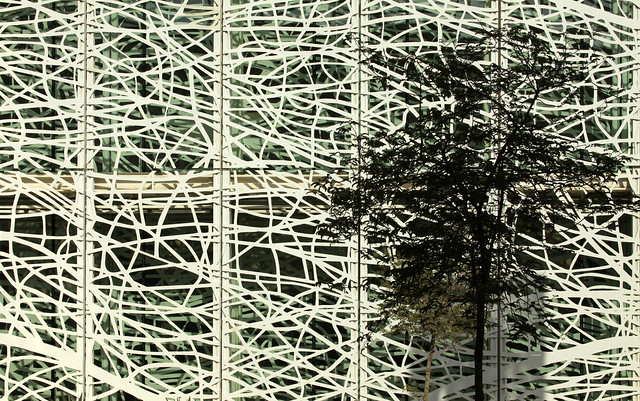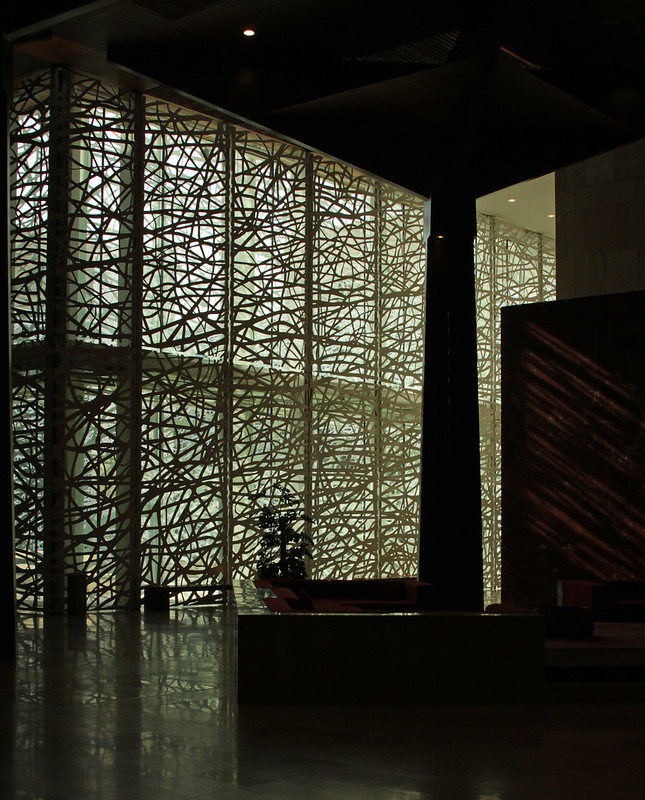It was back in 2000 when I learned about Kowloon Walled City (via MVRDV's FARMAX), and my interest in the vertical slum, as it's been called, was great enough that I wrote a piece about it for a friend's website that summer. Most of the photographs I used were pilfered from Greg Girard and Ian Lambot's definitive account of the late KWC, City of Darkness. In the meantime I've discovered a number of books on KWC (most Japanese, for some reason), but none of them come close to the duo's book in terms of capturing the impressive physical form of the place but also the lives of the people that called the place home (a focus on the former over the latter is the source of much criticism over KWC's ongoing popularity with architects).
I'm delighted to learn that Girard and Lambot are updating their "book of record" on KWC. Per their Kickstarter page, where they are trying to raise £50,000 toward the update, "City of Darkness Revisited, an all-new edition that will combine the best of the original book with several new sections that will fill in some of the gaps and bring the story up to date." In addition to the Kickstarter page, much more information on City of Darkness Revisited can be found on their website.
And for a film history of KWC, check out this 10-minute study created by students at the University of Waterloo, found via the Kickstarter page:
I'm delighted to learn that Girard and Lambot are updating their "book of record" on KWC. Per their Kickstarter page, where they are trying to raise £50,000 toward the update, "City of Darkness Revisited, an all-new edition that will combine the best of the original book with several new sections that will fill in some of the gaps and bring the story up to date." In addition to the Kickstarter page, much more information on City of Darkness Revisited can be found on their website.
And for a film history of KWC, check out this 10-minute study created by students at the University of Waterloo, found via the Kickstarter page:
